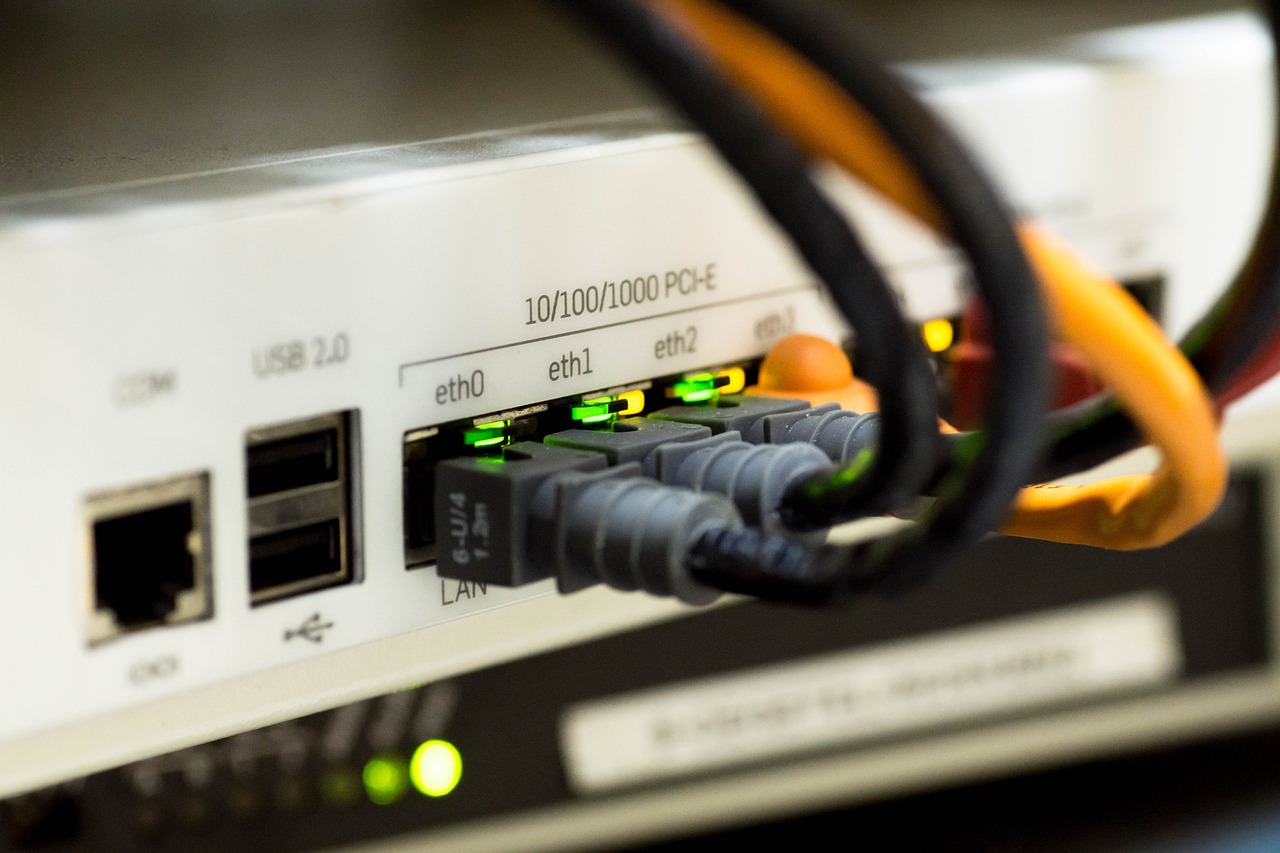Open-source intelligence (OSINT) refers to the process of gathering, analyzing, and utilizing publicly available information to generate actionable insights. Unlike traditional intelligence methods, which rely on secretive or classified sources, OSINT focuses on data that can be accessed by anyone. This includes content from the internet, social media, news reports, public records, academic publications, and other open sources. OSINT has become increasingly important in various fields, including national security, corporate security, law enforcement, cybersecurity, journalism, and even business intelligence.
In this article, we’ll explore what OSINT is, how it works, the tools and techniques used in OSINT, its applications across different sectors, and some of the ethical and legal considerations involved in the practice.
What is Open-Source Intelligence (OSINT)?
The term open-source intelligence refers to the collection and analysis of publicly available information, often from diverse and dispersed sources. OSINT does not involve hacking, spying, or obtaining information through clandestine means. Instead, it focuses on openly accessible data from platforms like:
- Social media platforms (e.g., Facebook, Twitter, LinkedIn)
- Websites and blogs
- News media (articles, broadcasts, etc.)
- Public records (e.g., government reports, patents, legal documents)
- Online forums and message boards
- Academic journals and research papers
- Multimedia content (e.g., videos, images, podcasts)
The intelligence derived from these sources can be used for a variety of purposes, such as threat detection, background checks, competitive analysis, or even investigative journalism. Because OSINT relies on publicly available data, it is accessible to a wide range of users, from individuals to large organizations and government agencies.
Key Characteristics of OSINT
- Accessibility: OSINT sources are open to the public and can be accessed by anyone with an internet connection or access to public documents.
- Diverse sources: OSINT data comes from a variety of platforms, including websites, social media, government publications, and more. The range of sources makes OSINT highly versatile.
- Non-intrusive: Unlike covert intelligence-gathering methods, OSINT does not involve spying or hacking. It uses only legally and ethically obtainable information.
- Data overload: One of the challenges of OSINT is filtering through large volumes of information to extract relevant and actionable insights. Advanced tools and techniques are often needed to sift through this data efficiently.
How OSINT Works
OSINT operates on a simple principle: collecting data from open sources and transforming it into valuable intelligence. However, the process is more sophisticated than simply searching for information on Google. Effective OSINT requires structured methodologies, specific tools, and a deep understanding of how to analyze and validate the gathered data.
The OSINT process typically follows several key steps:
1. Defining the Objective
Before any data collection begins, it’s crucial to clearly define the objective of the OSINT operation. This could be to:
- Gather information about a specific individual or organization.
- Monitor online activities related to a specific event or region.
- Detect cybersecurity threats such as phishing attacks or data leaks.
- Understand competitor activities in business or market environments.
Defining a clear goal helps to focus the OSINT process and ensures that the right types of data are collected from relevant sources.
2. Identifying Relevant Sources
OSINT practitioners must determine which sources will provide the most useful and reliable data. These sources can include:
- Search engines: Google, Bing, and other search engines can help discover websites, documents, and articles relevant to the investigation.
- Social media platforms: Twitter, Facebook, Instagram, and LinkedIn are treasure troves of information about individuals, organizations, and public sentiment.
- Government databases and public records: Court records, business registrations, patents, and other public documents provide legal and institutional data.
- Dark web and deep web: Specialized tools are often required to access parts of the internet that are not indexed by traditional search engines, where illicit activities and sensitive data might be discussed.
- Forums and discussion boards: Online communities and niche forums can reveal critical information about specialized topics or emerging trends.
Selecting the right sources for each specific goal ensures that the OSINT operation is both targeted and effective.
3. Data Collection
Once the sources are identified, the next step is data collection. This can be done manually or through automated tools, depending on the volume of data and the complexity of the task. Common methods of collecting OSINT data include:
- Search engine queries: Crafting specific search terms to gather relevant results.
- Social media scraping: Using automated tools to collect and analyze posts, comments, and metadata from social media platforms.
- Public record searches: Accessing government databases for business records, patents, and court filings.
- Web crawling and scraping: Automated bots can gather data from websites or forums by systematically scanning web pages and extracting specific information.
- Multimedia analysis: Tools can analyze images, videos, and audio to extract metadata (such as geolocation or timestamps) that can offer valuable insights.
A key part of this process is ensuring that the data is collected ethically and legally, as OSINT operations are bound by privacy laws and regulations.
4. Data Processing and Analysis
After data collection, the information must be processed and analyzed to turn it into actionable intelligence. This step involves organizing the data, filtering out irrelevant information, and cross-referencing different sources to validate findings. Some of the methods used for analyzing OSINT data include:
- Text mining: Automated tools can scan large volumes of text to detect keywords, patterns, and sentiments that are relevant to the investigation.
- Geospatial analysis: Tools like Google Earth or ArcGIS can be used to analyze geographic data, such as determining the location of an event based on social media posts or satellite imagery.
- Network analysis: Identifying connections between individuals, groups, or organizations by analyzing communication patterns and interactions, especially on social media or online forums.
- Image and video analysis: Advanced tools can extract metadata from images and videos, such as the date and location they were taken, as well as identifying objects, faces, or other key features.
The analysis phase is crucial for transforming raw data into meaningful intelligence. It often involves human interpretation and the application of critical thinking to draw conclusions from the data.
5. Reporting and Dissemination
The final step in the OSINT process is compiling the findings into a report or presentation that can be shared with decision-makers or stakeholders. The format and depth of the report will depend on the audience and the purpose of the investigation. Reports typically include:
- A summary of findings and key takeaways.
- Supporting data and evidence from various sources.
- Recommendations for further action or areas of concern.
- Visual aids like charts, graphs, or maps that help clarify the information.
Once the intelligence has been disseminated, it can be used to inform strategic decisions, improve security measures, or shape responses to specific threats.
Tools and Techniques Used in OSINT
Modern OSINT practitioners use a wide range of tools and techniques to gather, analyze, and visualize data. These tools can range from basic search engines to sophisticated software designed for large-scale data analysis.
1. Search Engines and Web Scrapers
Search engines like Google, Bing, and DuckDuckGo are often the first stop for OSINT researchers. However, simply using basic search queries is not enough. OSINT practitioners must understand advanced search operators, such as “site:” or “intitle:”, to narrow down results and find specific types of information.
Web scraping tools, such as Scrapy, BeautifulSoup, or Octoparse, allow practitioners to extract data from websites in an automated way. These tools can systematically crawl web pages and collect relevant data such as text, links, or multimedia content.
2. Social Media Monitoring Tools
Platforms like Twitter, Facebook, LinkedIn, and Instagram provide vast amounts of publicly available information. Social media monitoring tools, such as Hootsuite, TweetDeck, or Meltwater, allow OSINT analysts to track keywords, hashtags, accounts, and conversations in real-time.
For more in-depth analysis, tools like Maltego and Mention can track interactions and identify relationships between users, revealing networks of influence or patterns of behavior.
3. Image and Video Analysis Tools
Analyzing images and videos requires specialized software that can extract metadata, identify objects, or verify the authenticity of multimedia content. Tools like Google Reverse Image Search, TinEye, and InVID allow OSINT investigators to trace the origins of an image or video, detect manipulated media, or gather location-based data.
4. Geospatial Tools
Geospatial tools, such as Google Earth, ArcGIS, or Mapillary, allow practitioners to analyze geographic information. For instance, geospatial analysis might be used to identify locations based on satellite images or match geographic features seen in videos to known areas.
These tools are especially useful for tracking movements, verifying locations of incidents, and identifying potential areas of interest during investigations.
5. Data Aggregators and Visualization Tools
Data aggregators collect information from multiple sources and compile it into a single, searchable database. Shodan, for example, is a search engine for internet-connected devices, which can provide insights into vulnerable systems or exposed networks. Recorded Future is another tool that collects real-time intelligence from open sources and visualizes data trends.
Visualization tools like Graphistry or Maltego help OSINT analysts create visual representations of complex data sets, making it easier to understand connections between different entities or events.
Applications of OSINT
OSINT has wide-ranging applications in multiple sectors. Here are some of the most common areas where OSINT is used:
1. National Security and Intelligence Agencies
Government intelligence agencies use OSINT to monitor threats, gather intelligence on foreign entities, and track movements of terrorist groups or adversaries. OSINT provides an invaluable source of information about activities happening around the world in real-time, without the need for covert operations.
2. Cybersecurity
In cybersecurity, OSINT is used to identify potential threats, such as data breaches, phishing campaigns, and malware. By monitoring forums, the dark web, and social media, OSINT practitioners can detect early signs of cyberattacks and take proactive measures to protect systems and data.
3. Law Enforcement
Law enforcement agencies use OSINT to track criminal activities, gather evidence, and monitor social media for potential threats or illegal behavior. OSINT can help law enforcement identify suspects, map criminal networks, and even locate missing persons.
4. Corporate and Competitive Intelligence
Companies use OSINT to monitor competitors, track market trends, and gather information about potential partners or acquisitions. OSINT is also employed in due diligence processes, where businesses need to verify the credibility of individuals or companies before entering into agreements.
5. Journalism and Investigative Reporting
Investigative journalists use OSINT to uncover stories, verify information, and fact-check claims. By tapping into public records, social media, and other online resources, journalists can gather evidence and corroborate details for their reports.
6. Fraud Detection and Prevention
OSINT is also employed by financial institutions and private investigators to detect fraud, money laundering, and other financial crimes. OSINT tools can identify suspicious behavior or connections between individuals or entities involved in fraudulent activities.
Ethical and Legal Considerations in OSINT
While OSINT relies on publicly available information, it’s important to recognize that there are ethical and legal considerations involved in gathering and using this data. Privacy laws, such as the General Data Protection Regulation (GDPR) in Europe, place restrictions on the collection and processing of personal data.
OSINT practitioners must be aware of these regulations and ensure that they operate within the boundaries of the law. In addition, there are ethical concerns about how OSINT data is used, particularly in cases where it may invade someone’s privacy or be used for malicious purposes.
1. Privacy
Although OSINT involves public information, practitioners must be mindful of individuals’ right to privacy. Data that may seem publicly available (such as social media posts) can still be subject to privacy settings, terms of service agreements, or local laws that restrict how that data can be used.
2. Misuse of Information
The ease with which OSINT can gather information raises concerns about potential misuse. OSINT can be used for beneficial purposes, but it can also be exploited by malicious actors to harass, stalk, or blackmail individuals. Ethical OSINT practitioners should strive to use the information they gather responsibly.
3. Legal Compliance
OSINT analysts must always ensure they are complying with relevant laws and regulations, particularly around data protection and intellectual property. In some jurisdictions, scraping or collecting certain types of information (e.g., sensitive personal data) may be illegal, even if it is publicly available.
Conclusion
Open-source intelligence (OSINT) is a powerful and versatile tool that leverages publicly available data to generate actionable insights for a wide range of applications. From national security and law enforcement to corporate intelligence and journalism, OSINT provides valuable information without the need for covert operations or classified materials.
However, while OSINT offers immense potential, it also requires careful consideration of ethical and legal concerns. Practitioners must navigate the vast sea of data available online while respecting privacy laws and ensuring that the information is used responsibly. As the digital world continues to expand, the role of OSINT in shaping security, business, and investigative practices is likely to grow, offering new opportunities and challenges in the pursuit of open-source intelligence.




